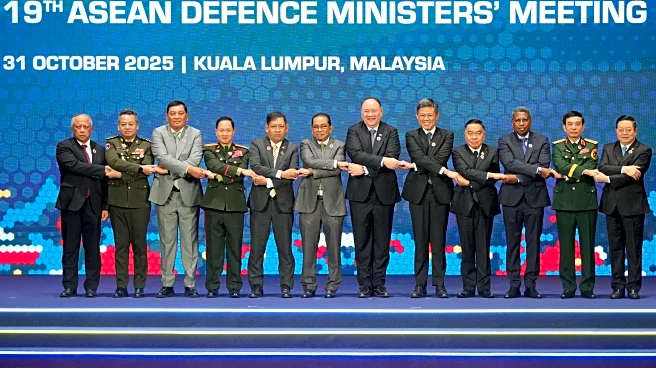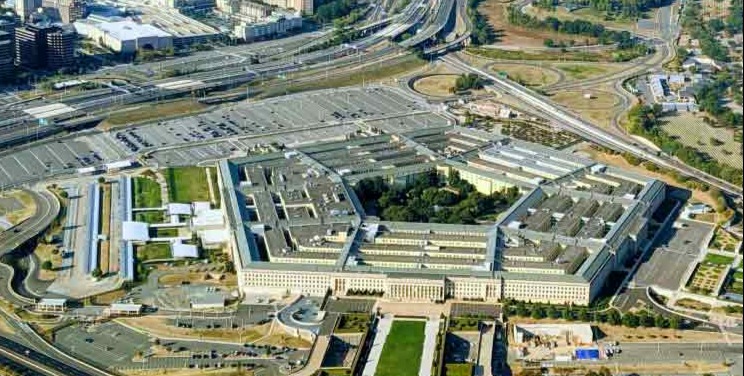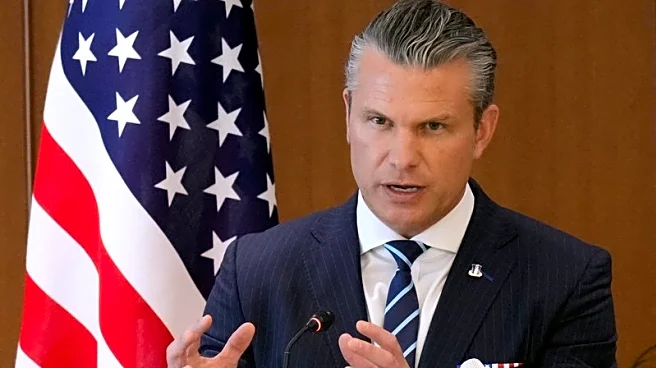What's Happening?
U.S. Defense Secretary Pete Hegseth announced that the United States and China have agreed to set up military-to-military communication channels. This development comes as part of efforts to improve bilateral
relations, which Hegseth described as having 'never been better.' The agreement was reached during a meeting between Hegseth and his Chinese counterpart, Admiral Dong Jun, on the sidelines of a regional security meeting. The discussions emphasized the importance of peace, stability, and good relations between the two nations. This announcement follows Hegseth's call for Southeast Asian nations to strengthen their maritime forces in response to China's actions in the South China Sea, which he described as 'destabilizing.' The South China Sea is a contentious region with overlapping territorial claims from China and several ASEAN members, including the Philippines, Vietnam, Malaysia, and Brunei.
Why It's Important?
The establishment of military communication channels between the U.S. and China is significant as it aims to reduce the risk of misunderstandings and potential conflicts, particularly in the volatile South China Sea region. This move could help stabilize relations between the two countries, which have been strained by territorial disputes and military activities. For the U.S., maintaining open lines of communication with China is crucial for managing tensions and ensuring regional security. The agreement also reflects a dual approach by the U.S., balancing deterrence with diplomacy. While the U.S. seeks to counter China's influence in the region, it also recognizes the importance of cooperation to prevent escalation. This development could impact regional dynamics, influencing how ASEAN countries navigate their relationships with both superpowers.
What's Next?
The next steps involve implementing the agreed-upon communication channels and monitoring their effectiveness in reducing tensions. The U.S. is also encouraging ASEAN to finalize a Code of Conduct with China to govern behavior in the South China Sea. Additionally, an ASEAN-U.S. maritime exercise is planned for December to enhance regional coordination and uphold freedom of navigation. The U.S. will likely continue to support its allies in the region, such as the Philippines, in their efforts to assert their territorial rights. Meanwhile, China is expected to maintain its stance on its territorial claims, potentially leading to further diplomatic engagements or confrontations.
Beyond the Headlines
The agreement to establish communication channels may have deeper implications for U.S.-China relations, potentially setting a precedent for future cooperation in other areas of mutual interest. However, the underlying tensions in the South China Sea remain unresolved, and the effectiveness of these channels in preventing conflicts will be closely watched. The situation also highlights the complex interplay between economic ties and security concerns in the region, as ASEAN countries balance their economic dependence on China with their security alliances with the U.S.













